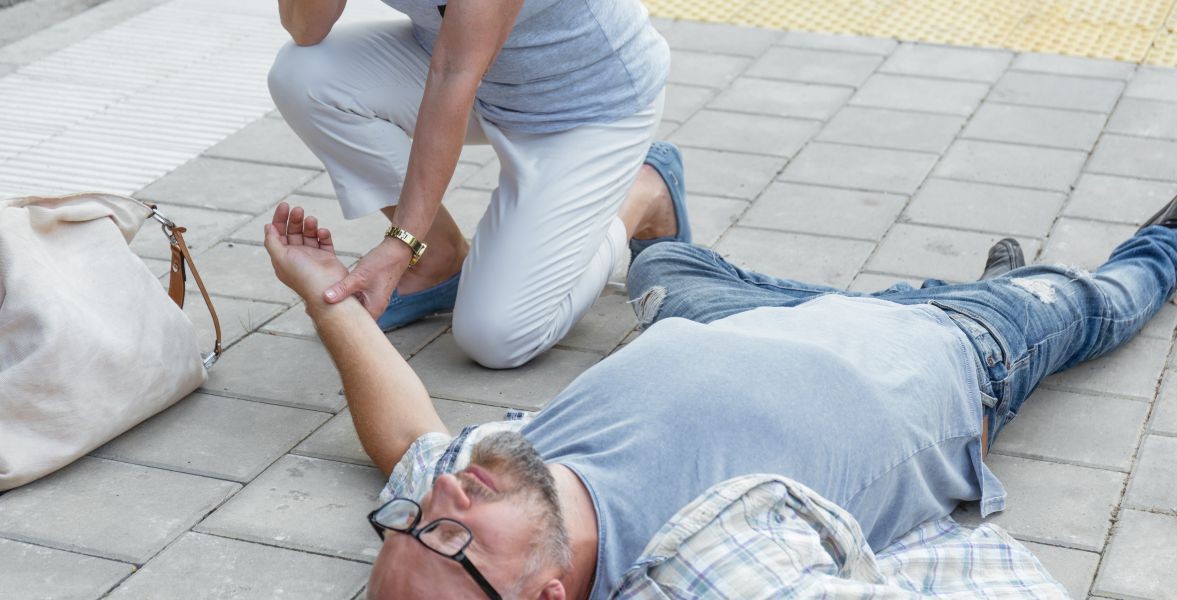Published - Thu, 28 Jul 2022

How to manage patients in Unconsciousness state
The state of Unconsciousness occurs when a person is not able to respond to people and activities
Somebody, who is unconscious cannot cough, clear his/her throat, or flip his/her head if in distress. Once unconscious, someone is in peril of choking, creating it vital to stay the airway clear while awaiting medical aid.
If you'll be able to verify what caused the loss of consciousness, call emergency medical services and provide care for that cause/injury till they arrive. If you can not verify what has caused the loss of consciousness, offer care for general first aid care and call emergency medical services if the person doesn't revive promptly (i.e., at intervals of a few minutes).
Check the person's airway, breathing, and circulation.
If you are not suspecting a spinal injury, place the person in the recovery position:
Turn the person's face toward you.
Kneel beside the person
Make sure that both of the person’s legs are straight.
Bring the arm that is farthest from you across the person’s chest, and hold the back of her hand against the cheek nearest to you.
Keeping the person’s hand pressed against her cheek, pull on the far leg and roll the person towards you and onto her side.
Adjust the upper leg so that both the hip and the knee are bent at right angles.
If necessary, adjust the hand under the cheek to make sure that the head remains tilted and the airway stays open.
After 30 minutes turn the person to the other side.
Keep the person heated till emergency medical facilities arrive.
Created by
Comments (0)
Search
Popular categories
Latest blogs

All you need to know about Syphilis
Tue, 15 Nov 2022

What is Pemphigus Vulgaris?
Tue, 15 Nov 2022

Know about Scorpion Stings
Sat, 12 Nov 2022

Write a public review